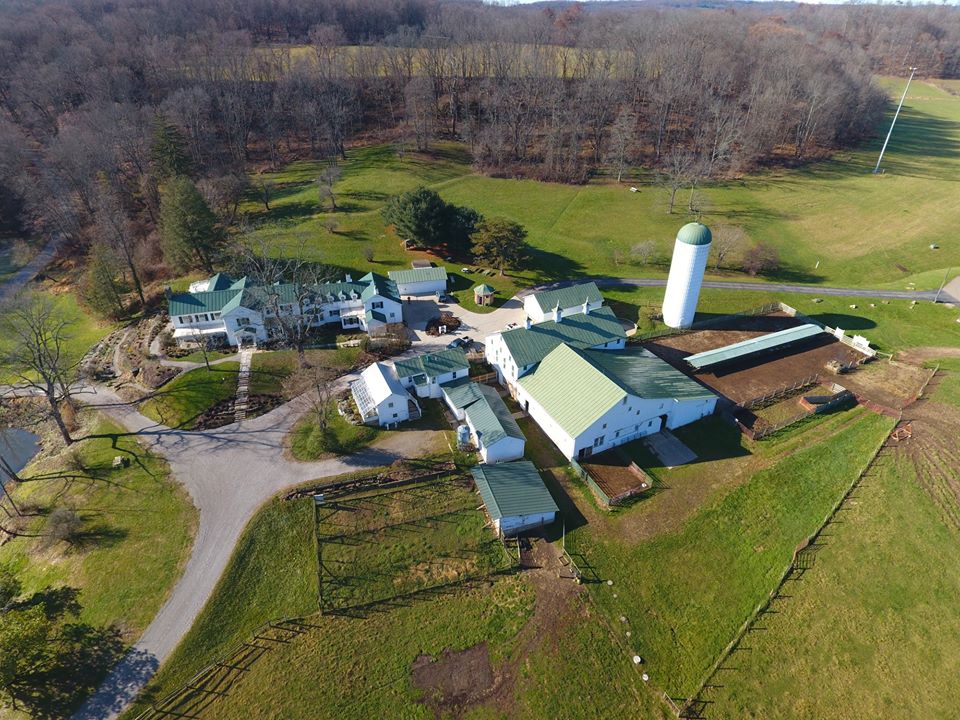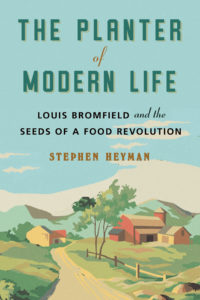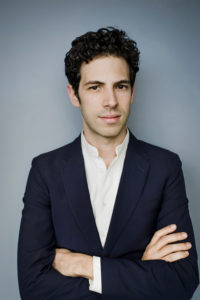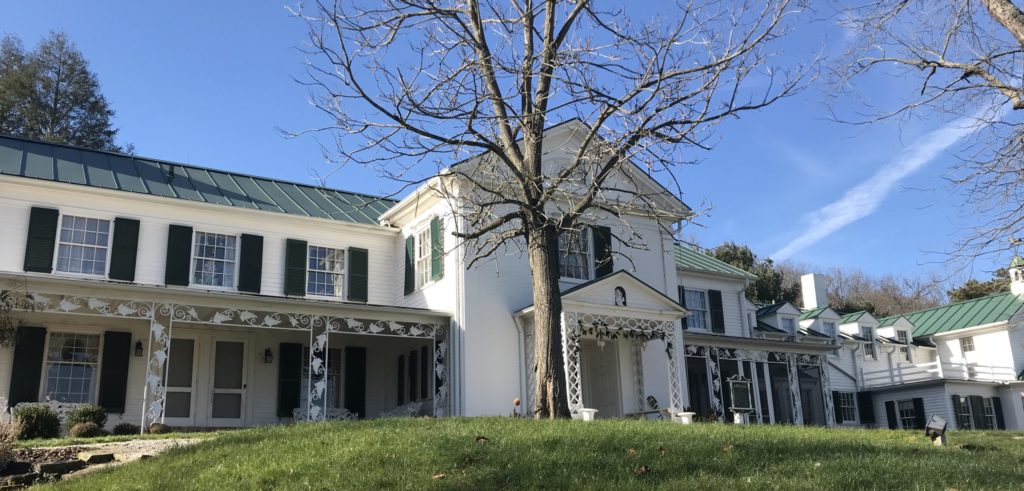
Jul 29, 2020
Louis Bromfield paved the way for organic agriculture
He spent much of his childhood on an Ohio farm, but Louis Bromfield grew up to be a Pulitzer-winning author who socialized with the likes of Ernest Hemmingway and Gertrude Stein in France.
Then he moved back to the Midwest to farm, where he eventually built a roadside vegetable stand.
And while the popularity of his literary work has since faded, his legacy as a grower and contributions to organic agriculture are celebrated in a new book.
The “Planter of Modern Life: Louis Bromfield and the Seeds of a Food Revolution,” written by Stephen Heyman and published by Norton & Co., went on sale in April.
 Heyman said Bromfield’s move from glamour to gardening came about for several reasons.
Heyman said Bromfield’s move from glamour to gardening came about for several reasons.
One was that the loss of his grandfather’s farm had made a deep impression on him. His grandparents operated a 100-acre diversified farm with a dairy and horses, and Bromfield spent much of his childhood there. As a young man, Bromfield stayed interested in agriculture, briefly enrolling at Cornell University to study agriculture. He was hurt when the farm had to be sold.
“He had seen how the kind of small-scale farming lifestyle that his grandparents had enjoyed was kind of dying out, and they eventually lost that farm,” Heyman said.
Later, as his literary career took off and he began to travel and live abroad, he grew vegetables outside of Paris. In India, he studied peasant farming methods with the organic movement’s founding father, Sir Albert Howard.
Finally, upon returning to the United States, the agricultural tragedy of the Dust Bowl, the rise of factory farms and the growing reliance on harmful new chemicals made a deep impression on him.

Photo: Dina Litovsky
“He’s really kind of horrified about all of these farmers who are being dispossessed of their land,” Heyman said.
Those feelings prompted him to buy 600 badly-eroded acres near Mansfield, Ohio. At a cooperative farm, called Malabar, he formed a working, teaching farm, where he pioneered the use of cover crops, contour plowing, large-scale composting and other soil-saving measures that are now the foundation of sustainable agriculture, according to Heyman.
Bromfield used fertilizer only as a last resort, and he came out strongly against the commercial use of DDT, testifying before Congress, that it was potentially dangerous to people and animals and not fully understood – this was more than a decade before Rachel Carson’s bombshell book “Silent Spring” was published.
Unfortunately, “that warning kind of fell on deaf ears,” Heyman said.
As a grower, he specialized in farming grasses and various deep-rooted legumes as fodder for beef and dairy cattle. But one of his other successes was at the farm market where he sold fresh produce.
“He also had elaborate gardens and he had a kind of roadside stand that was built out of local sandstone,” Heyman said. “He was proud to sell his organic produce, although he didn’t call it that, and he was proud to charge more for it because he believed that the chain-store customer was not the customer he was interested in, but rather those who want quality product and are willing to pay for it.
“So, in a way, I think he anticipated kind of that farmer market/health market grocer with Malabar targeting a different kind of consumer that was becoming alarmed with where mainstream food was headed,” Heyman said.

Malabar Farm State Park Manager Jenny Roar said Bromfield wrote about the roadside vegetable stand in one of his books.
“According to Bromfield, the roadside stand was never intended to be an ambitious plan for profiting from vegetable farming,” she said. “However, once they began to sell produce along the roadside to casual visitors, they began to realize it could be profitable. As Bromfield’s workers did experimentation on organic farming and limited use of dusts and sprays (it wasn’t always completely organic), people began to buy. Customers started asking questions of how things were grown on the farm, and it was realized the farm needed to expand and accommodate the demand. So, they expanded and built additional cooling structures to keep up customer supply.
“They frequently sold out of produce because it was becoming a place to visit and buy, not just a drive through to another destination,” Roar said. “More people began working in the vegetable fields, and the farm began to focus on quality and nutritional value instead of size or quantity.”
Bromfield was “a little resistant” to the national organic label, Heyman said, and once had a falling out with Jerome Irving Rodale, founder of the Rodale Institute. But he did much to influence public opinion towards organic agriculture. He recorded all the rewards and difficulties of agriculture in a series of best-selling memoirs, beginning with “Pleasant Valley” in 1945. And Malabar’s green-and-white farmhouse in Ohio’s rolling Pleasant Valley attracted many visitors. Film stars Humphrey Bogart and Lauren Bacall were married there in 1945.
That status, as a sort of mecca for people to learn about organic agriculture, continues to this day. Malabar is now an Ohio state park, visited by thousands of people every year.
“In recent years, vendors have operated out of the roadside stand, selling their own produce,” Roar said. “Only time will tell the future of the roadside stand, but Bromfield’s vision and experience is certainly something to try attaining.”
At top: Malabar farm today. Photo: Ohio Department of Natural Resources









